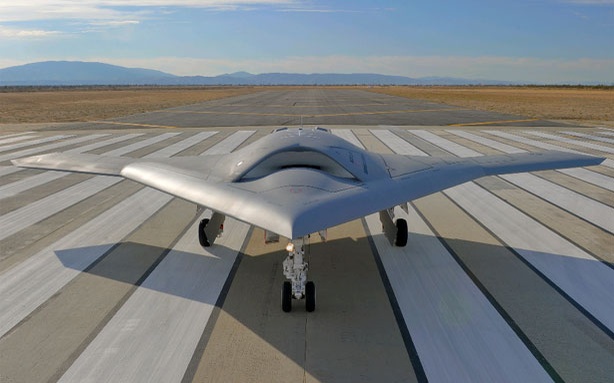I’m certain a drone carrying explosives will fly into the side of a very important U.S. building at some point in the foreseeable future. It needn’t be large to be deadly. Like 3D-printed guns, in the coming years these things will be cheap and ubiquitous. Drones are just one of the new global challenges of warfare, which is rapidly changing, with stateless ideological sects difficult to pinpoint and robots entering the scrum at an accelerating pace. The opening of David Sterman’s provocative New America essay “Will We Still Call It War?“:
When Army Chief of Staff General Ray Odierno says that today’s environment is the most uncertain in his 40 years in the army, it’s easy to see why. Wars are now less about land than ideology. Robots can kill. A cold war with one enemy has given way to a world with myriad, inter-connected conflicts with no one the U.S. can call ally or enemy. Global warming has shifted the very nature of the environment upon which wars are fought.
Our increasingly complex conflict environment is part of what’s driving the contentious debate over the President’s proposed authorization for the use of military force (AUMF) against ISIS. How do we define our enemy, and the theatres of conflict, in a war that is metastasizing and changing everyday? As Congress reviews the proposed authorization, it’s hard not to compare the present to the past –and to wonder about what the future holds. At New America’s Future of War Conference this week, Odierno’s lament helped frame the conversation: if so much has changed in his 40 years of service, what can we expect in the next 40 years?
First, there’s the spread of new technologies – like the proliferation of drones, combined with America’s deteriorating influence in the fields of drone technology and robotics. According to New America’s new World of Drones project, 85 countries have some form of militarized drone, three countries have used drones in combat, and more have considered it.
Dr. Missy Cummings, an associate professor at Duke and former Navy pilot, said the United States military has “lost the edge” in the field. Today, the Israelis lead the world in drone development, Amazon and Google lead the world in robotics, and her students can 3D print a drone in a weekend, she said. Cummings even “guaranteed” that U.S. forces would be struck by a 3D printed drone in the future. As other countries and even companies surpass or challenge the United States in the development of key technologies, the American capability to manage crises may decline.•

